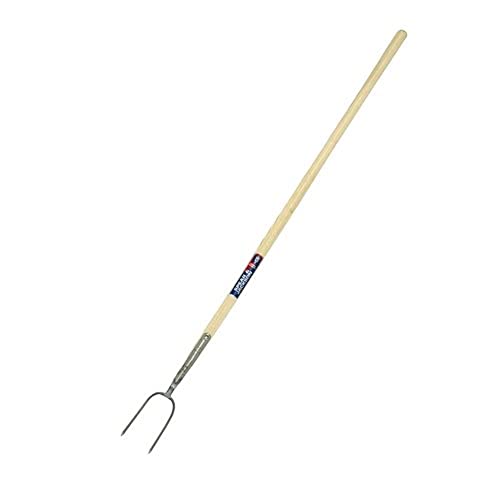Tips for Choosing the Perfect Fork for a Specific Type of Cuisine
When it comes to choosing the right fork for a specific type of cuisine, there are a few factors to consider. From the size and weight of the fork to the material it’s made from, these tips will help you find the perfect fork for your dining needs.
Consider the Type of Cuisine
The type of cuisine you plan to eat can greatly influence the type of fork you should choose. For example, if you’re eating Italian food like pasta or risotto, a fork with long, narrow tines may be best for twirling the noodles. On the other hand, if you’re enjoying a steak or other grilled meats, a sturdy and sharp fork will make it easier to cut through the meat without struggling.
Choose the Right Size and Weight
The size and weight of a fork can greatly impact your dining experience. If you have smaller hands or are eating delicate foods, a smaller and lighter fork may be more comfortable to hold. On the other hand, if you prefer a more substantial feel or are eating heartier dishes, a larger and heavier fork may be more suitable.
Consider the Material
The material a fork is made from can greatly impact its durability, aesthetics, and overall performance. Stainless steel is a popular choice for its durability, resistance to rust, and ease of maintenance. However, if you’re looking for a more luxurious option, silver or silver-plated forks can add an elegant touch to your dining experience.
Additionally, if you’re looking for a fork that can hold up to high heat or aggressive cooking techniques, consider a fork made from heat-resistant materials such as titanium or high-quality plastic.
Try Before You Buy
When it comes to choosing the right fork for a specific type of cuisine, it’s important to try it out before making a purchase. Visit a specialty kitchen store or a restaurant supply store that allows you to handle and test forks. This will give you a better idea of how it feels in your hand and how it performs when eating.
If you’re unable to try out forks in person, read reviews from other customers who have used the forks for similar types of cuisine. Their experiences can give you valuable insights into the fork’s performance and durability.
Consider the Fork’s Design
In addition to the practical aspects of a fork, consider its design and aesthetics. The design of a fork can greatly enhance your dining experience and add a touch of elegance to your table setting. Look for forks with sleek and timeless designs that will complement any type of cuisine.
Additionally, consider the fork’s handle design. Some forks have ergonomic handles that are designed to be more comfortable to hold, while others have stylized handles that add a unique touch to your dining experience.
In conclusion, choosing the perfect fork for a specific type of cuisine involves considering factors such as the type of cuisine, size and weight, material, trying before you buy, and the fork’s design. By considering these tips, you can find a fork that enhances your dining experience and complements the cuisine you’re enjoying.






